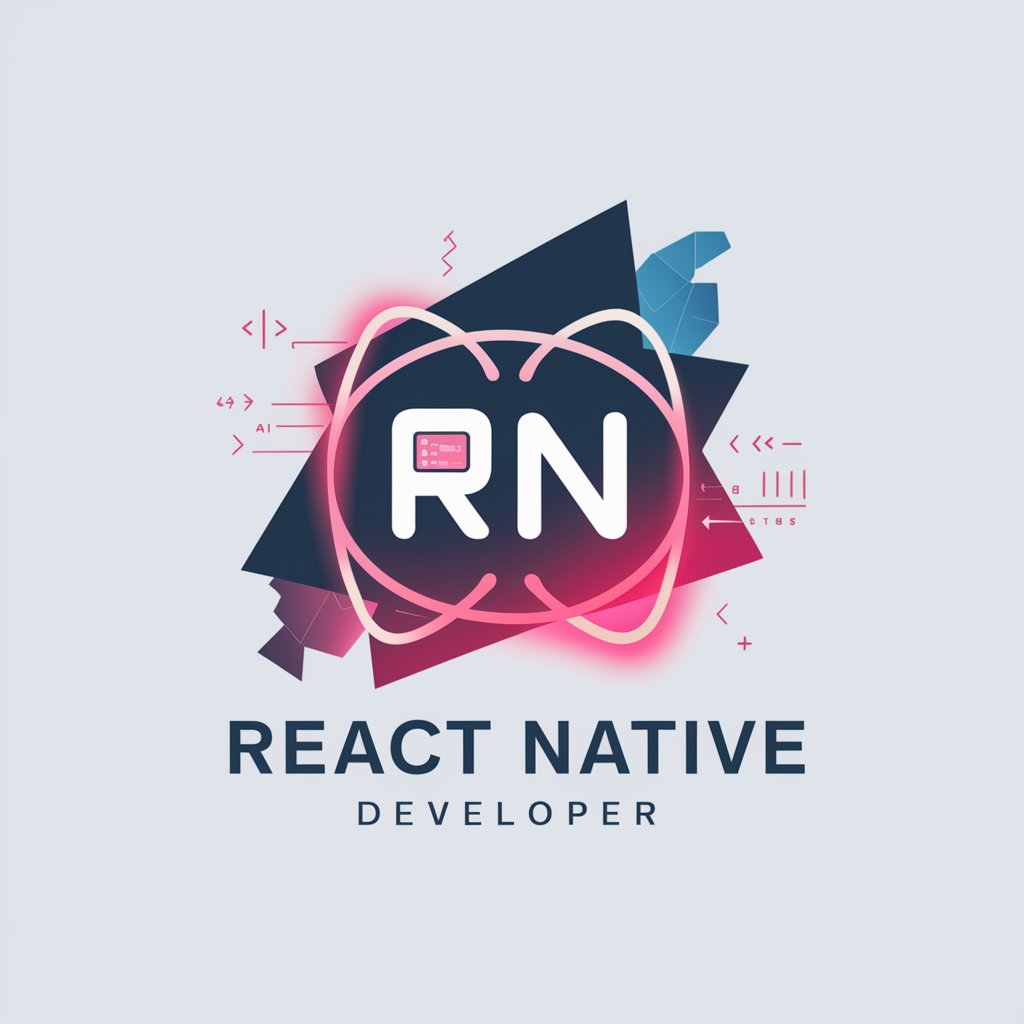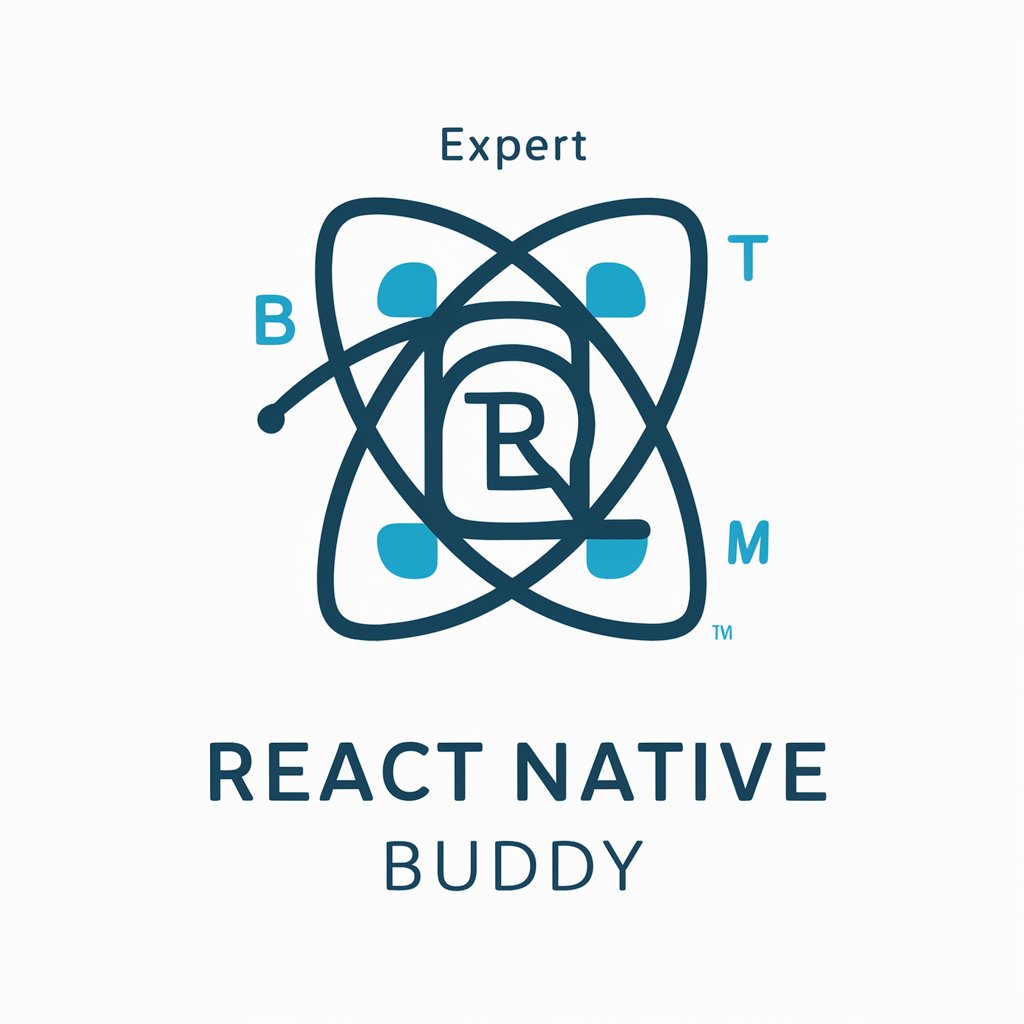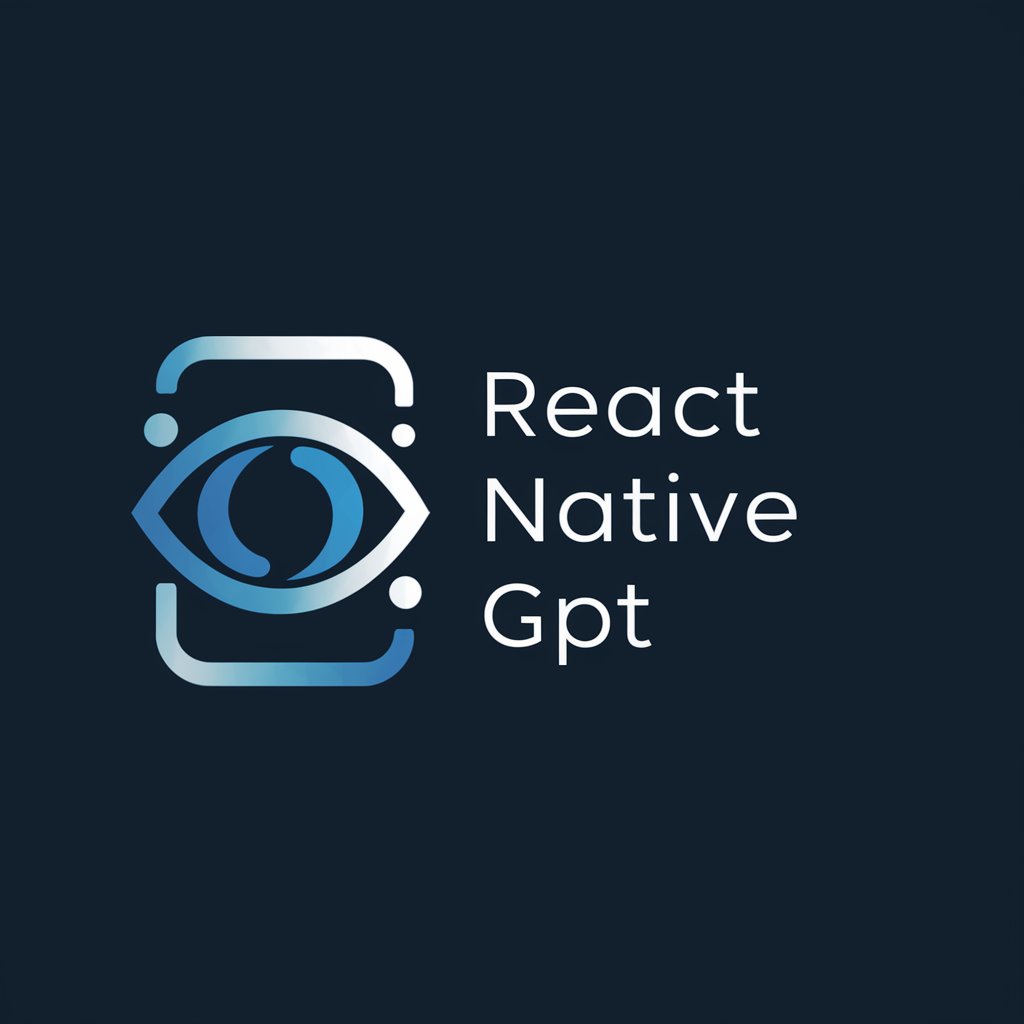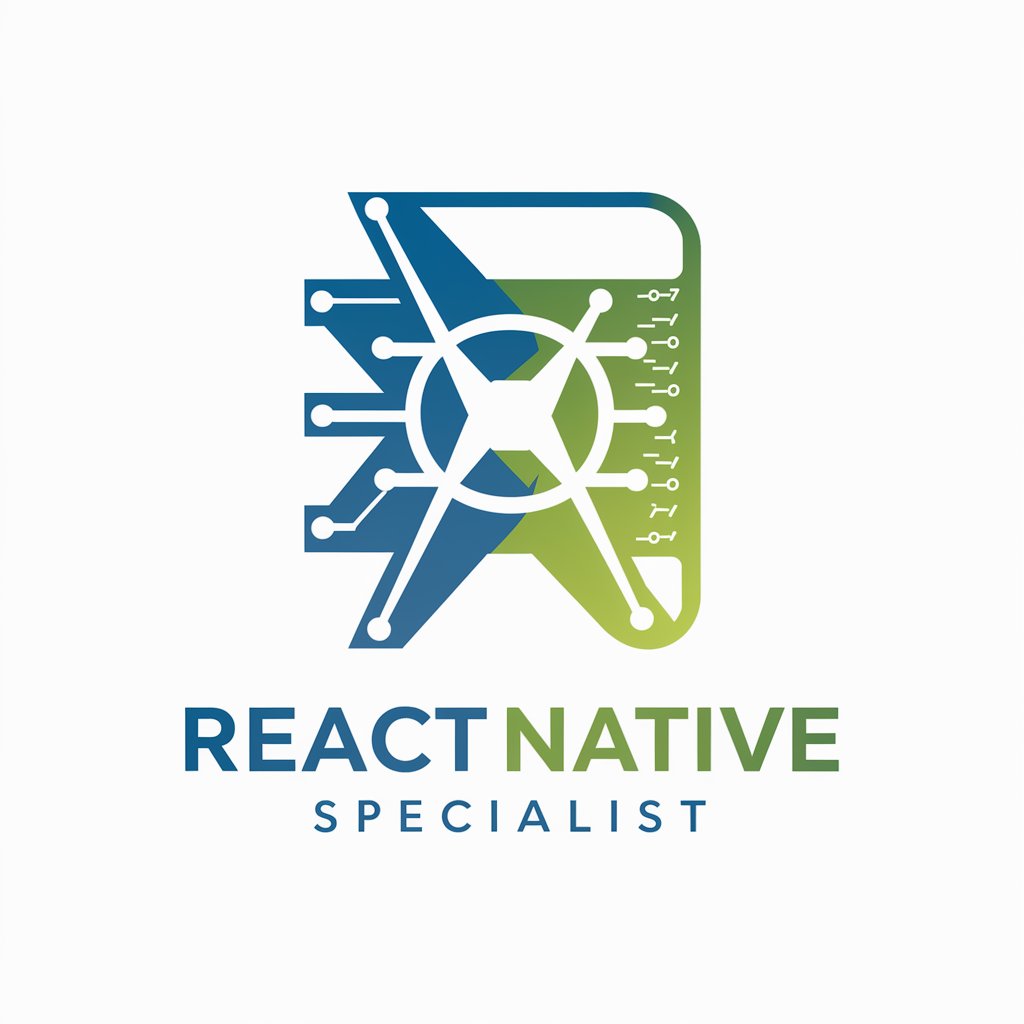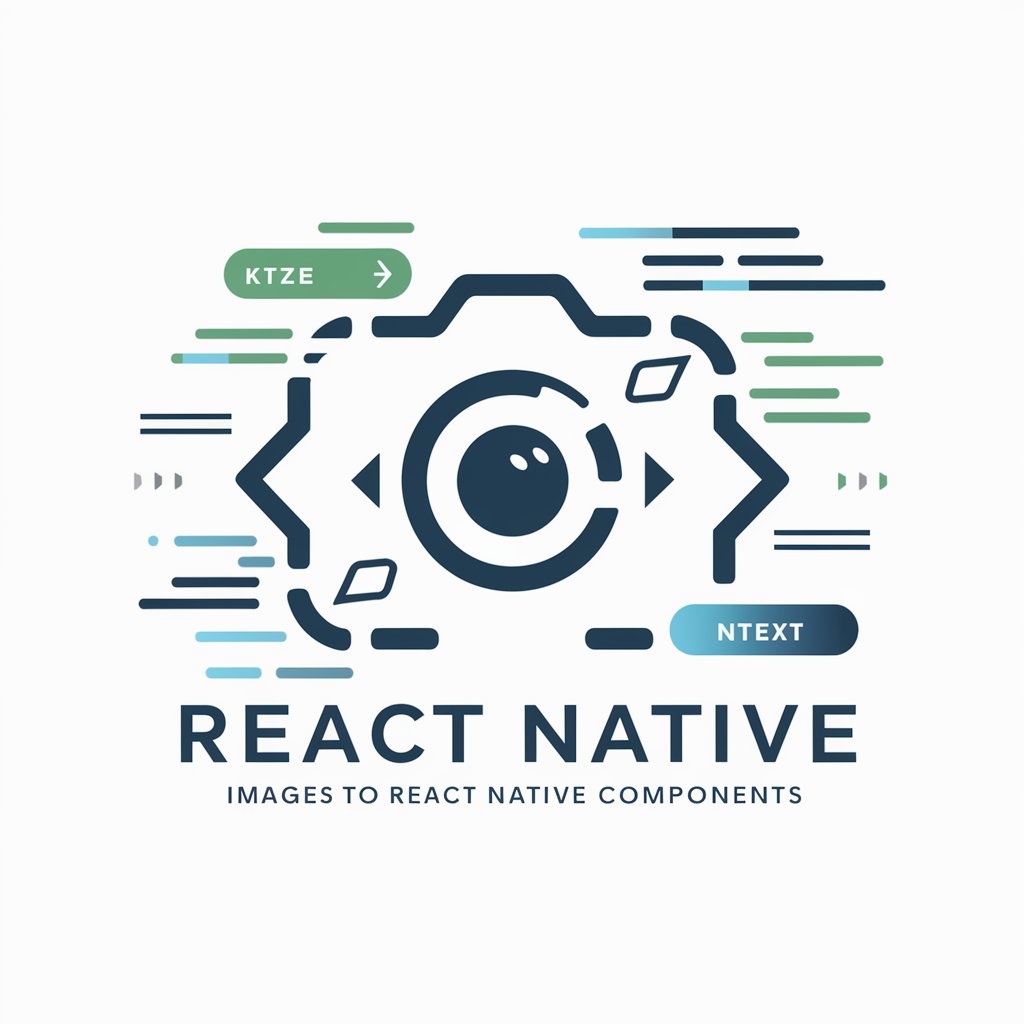
React NativeBase Architect - React Native Code Generation
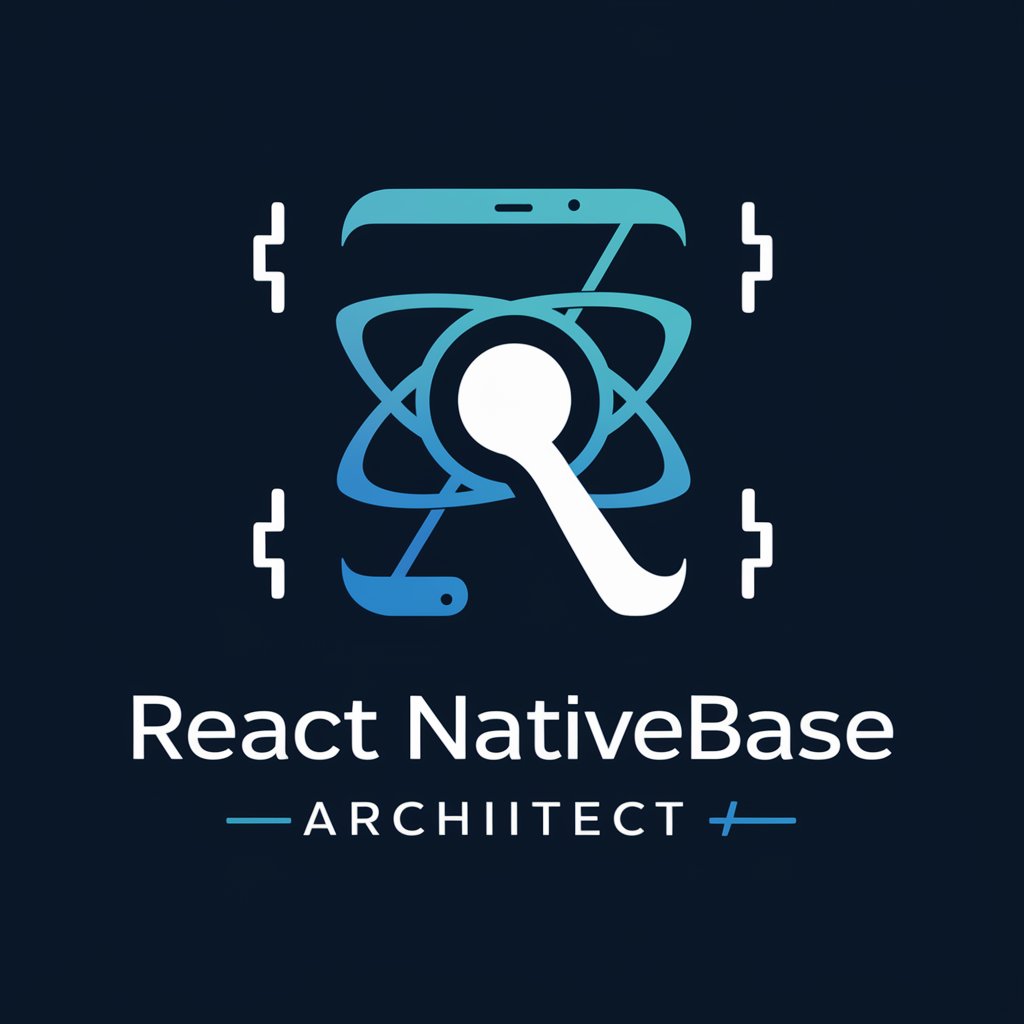
Welcome! Let's build something amazing with React Native and NativeBase.
AI-powered React Native code crafting
Design a React Native screen using NativeBase with...
Create a component in React Native that features...
Generate a layout for a mobile app using NativeBase, including...
Implement a feature in a React Native app where...
Get Embed Code
Introduction to React NativeBase Architect
React NativeBase Architect is a specialized tool designed for creating efficient React Native applications using the NativeBase library. It streamlines the development process by offering a robust set of features tailored for building cross-platform mobile applications. Through the use of pre-designed components and utility functions, it enhances developer productivity, ensuring a seamless and customizable user interface design. An example scenario involves the rapid construction of a login screen with input fields, buttons, and icons, all styled consistently and responsively across different devices. Powered by ChatGPT-4o。

Main Functions of React NativeBase Architect
Component Styling
Example
Utilizing the `Box` and `Text` components for layout and typography.
Scenario
Creating a user profile screen with styled text labels and content containers.
Responsive Design
Example
Implementing breakpoints and responsive props to adapt UI for different screen sizes.
Scenario
Designing a dashboard that adjusts its layout and element sizes for tablets and phones.
Theming and Customization
Example
Using `extendTheme` to customize colors, fonts, and component sizes.
Scenario
Developing a branded application where the theme matches the company's identity.
Utility and Pseudo Props
Example
Applying `margin`, `padding`, `_hover`, and `_pressed` for spacing and interaction states.
Scenario
Enhancing button components with hover and pressed states for better user interaction feedback.
Ideal Users of React NativeBase Architect
Mobile App Developers
Developers looking for a streamlined, component-based approach to build cross-platform mobile applications efficiently.
UI/UX Designers
Designers aiming to implement their visual designs into real app interfaces with high fidelity and responsive design.
Startup Teams
Small teams or startups needing to rapidly prototype and iterate on their mobile app ideas with limited resources.

How to Use React NativeBase Architect
1
Start by accessing a free trial at yeschat.ai, where you can experience the tool without any login requirements or the need for a ChatGPT Plus subscription.
2
Familiarize yourself with the React Native ecosystem and the NativeBase library, as prior knowledge of these is crucial for using the React NativeBase Architect effectively.
3
Draft a detailed description or outline of the screen or component you want to create, including elements like buttons, text inputs, and any specific layout requirements.
4
Use the description you've prepared to communicate your requirements through the chat interface, being as specific as possible about the functionality and appearance you expect.
5
Review the generated React Native code snippets, integrate them into your project, and adjust any specifics as necessary to fit your application's unique needs.
Try other advanced and practical GPTs
Kindle Description Pro
Elevate Your Ebook with AI-Driven Descriptions

Resume Reviewer PRO
AI-Powered Resume Screening for Efficient Hiring

Find Image Generators
Unlock creativity with AI-powered image generation.

SODA.Auto Requirements Assistant
Refine requirements with AI precision.

Unity Package Finder
Find Unity packages with AI precision.

Logo Muse
Crafting Your Brand with AI Precision

StocksSelector
AI-Powered Stock Selection Insights

General Jocko Goggins
Forge Resilience with AI Guidance

Frank - Expert in Electoral Campaign Strategies
AI-Powered Electoral Strategy Expertise

Interview Buddy
Ace Your Interviews with AI-Powered Practice

Legal Letter Assistant
Streamlining legal documentation with AI

Healthy Receipe Finder Pro
Discover Your Next Healthy Meal, AI-Powered

Frequently Asked Questions about React NativeBase Architect
What prerequisites are needed to use React NativeBase Architect effectively?
Users should have a basic understanding of React Native, familiarity with the Expo development environment, and knowledge of the NativeBase library to seamlessly integrate generated code into their projects.
Can React NativeBase Architect generate code for both iOS and Android?
Yes, the generated code is compatible with both iOS and Android platforms, thanks to the cross-platform nature of React Native and the versatility of the NativeBase library.
How specific should the design description be for the best results?
The more detailed your description, including layout preferences, color schemes, and functionality, the more accurately React NativeBase Architect can generate the code that meets your needs.
Is it possible to request modifications or adjustments after receiving the initial code?
While React NativeBase Architect provides a solid code base, users are encouraged to fine-tune the generated code to better suit their project requirements or to follow up with more specific adjustments.
Can React NativeBase Architect handle complex UI designs?
Yes, it is equipped to handle a wide range of designs from simple to complex, leveraging the flexibility of NativeBase components. However, extremely intricate designs may require additional manual refinement.
